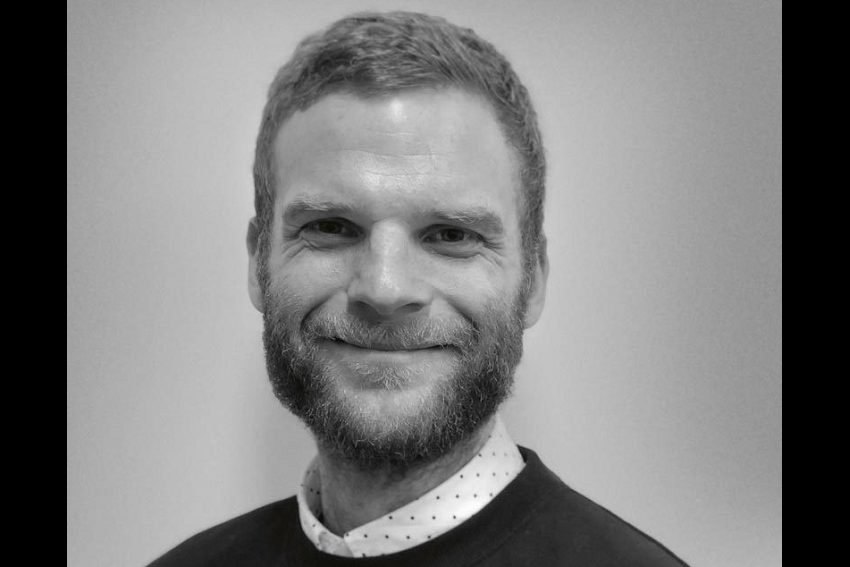AI Lead on Australian Epilepsy Project

AUT cognitive neuroscientist, Dr Mangor Pedersen, is the AI Lead on the ground-breaking Australian Epilepsy Project (AEP).
The Australian Epilepsy Project (AEP) aims to change the lives of 4000 people living with seizures and supercharge medtech by 2025 – resulting in fewer seizures, fewer deaths, and better lives. The project received $30 million from the Medical Research Future Fund, making it the largest single government investment in epilepsy research in Australia.
The AEP will establish a national network of community hubs in three states to deliver a comprehensive package of advanced tests, including Magnetic Resonance Imaging (MRI), genetic analysis, and cognitive and psychological measures.
AEP Chief Investigator, Professor Graeme Jackson at the Florey Institute of Neuroscience and Mental Health, says: “I want every Australian living with epilepsy to be free from seizures. This is my life’s work. And the AEP team will make this a reality”.
The AEP team is a consortium of world-leading experts in neuroimaging, genetics, and neuropsychology.
AI Lead, Dr Mangor Pedersen, will oversee the development of predictive algorithms. Integrated analysis of three core AEP data modalities – neuroimaging, genetics, and cognition – will provide a deeper understanding of epilepsy.
Sophisticated informatics technologies will be used to curate large datasets, and AI algorithms will reveal hidden patterns in these datasets providing diagnostic information and outcomes prediction to optimise treatment pathways.
It is anticipated that the AEP will transform the medical journey of Australians living with seizures, circumventing years of uncertainty that would typically involve trial-and-error approaches to medication with serious side effects, and a constant roundabout of appointments, tests and referrals.
Pedersen studies brain images week in and week out. He is still astounded at how long patients have waited to get inside a scanner, sometimes 10 to 15 years after their first seizure.
“Now people are going to have a brain scan when they experience their first seizure. And we will see if that gives us enough information to provide a path to treatment for that particular patient,” he says.
As a cognitive neuroscientist, Pedersen’s focus is on the brain and its impact on behaviour and cognitive functions. His interest in AI stems from scientific and clinical curiosity, and what is best for patients. He saw an answer in AI for the questions that bothered him the most.
“Artificial intelligence is all around us. AI can learn things about large data that, for many mathematical reasons, cannot be done using traditional statistical tools. If you have enough data, you can model the likelihood of something coming to fruition. With epilepsy and other disorders where you know the pattern that has occurred before, you can use that model to predict the event,” says Pedersen.
“We can give patients more certainty, because we have knowledge from this data to predict their trajectory.”
His research interest is to develop and validate new technologies for quantifying human brain networks using functional MRI, including machine learning and AI, graph theory, and dynamic systems theory.
Health research is still in the early stages of realising the potential of AI. Despite significant developments in other spheres, such as driverless cars and natural language processing, health and clinical sciences have been lagging.
“They have enough data, they know how it works, and now we are getting the data to really explore the potential of AI in medicine,” says Pedersen.
“With any AI research, we are all concerned about collecting high-quality large data. So, we are using AI where it is meant to be used and not using fancy tools just for the sake of it, where the results can’t be replicated or applied in clinical practice. This project is really leading the way for clinical use of large data.”
The AEP dataset will be made accessible to the global research community through a series of staged public data releases. Making the data open source in an ethically responsible way will promote the greatest likelihood of scientific breakthroughs.
Pedersen is a senior lecturer in Psychology and Neuroscience at the AUT School of Clinical Sciences, and member of the AUT Traumatic Brain Injury Network.
“When we get up and running and have data coming through, there are huge opportunities for our students to be involved,” he says.
The project has already produced valuable brain imaging, case reports and patient-centred experiences for teaching.
“The AEP was designed to be completely patient-centred, and this was one of the aspects of the project where we as scientists have learned so much,” says Pedersen.
“In the process of writing the project, we engaged people with lived experience of epilepsy to be part of the team. We had patients who had been through the whole process before, who know what works and what doesn’t work. Having that input was invaluable for us and I think it’s going to be very common for research projects in the future.”